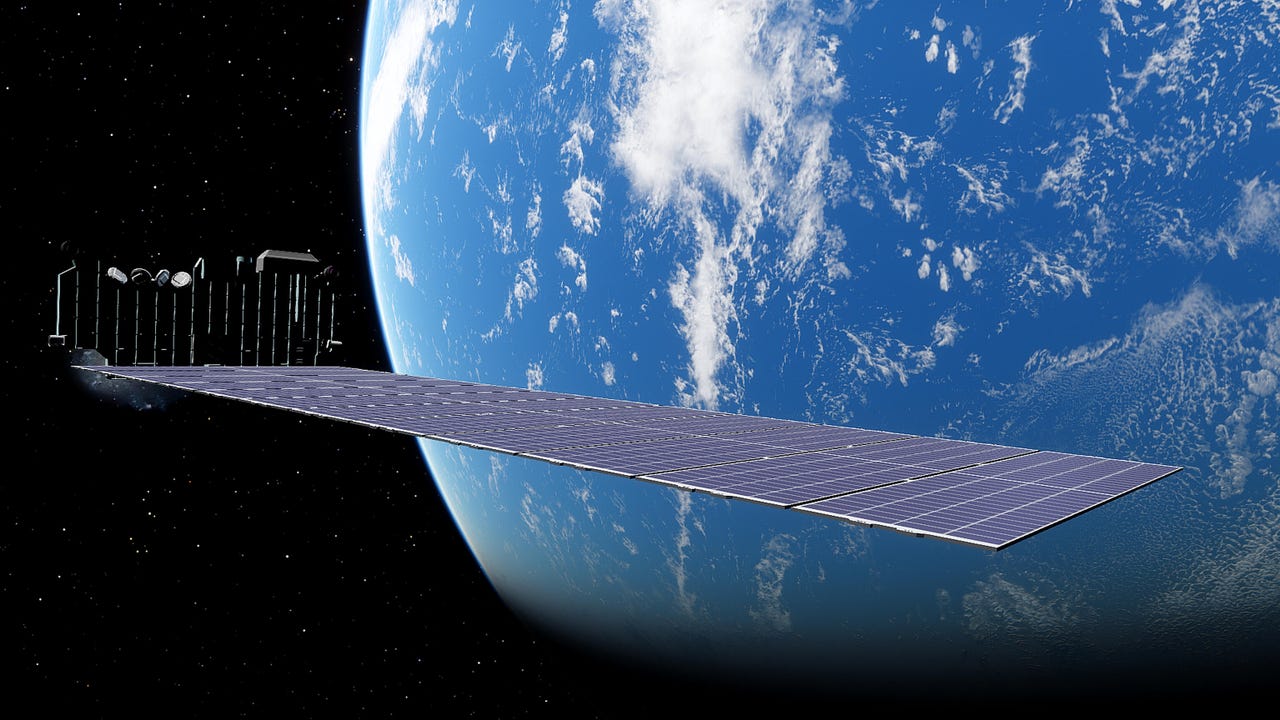US FCC clears SpaceX to launch 7,500 Gen2 Starlink broadband satellites

The US Federal Communications Commission (FCC) has given Elon Musk’s SpaceX the go-ahead to build and launch 7,500 of its second generation (Gen2) Starlink satellites.
However, the FCC only ‘partially’ granted SpaceX the right to launch its constellation of Gen2 non-geostationary orbit (NGSO) satellites: SpaceX had applied to launch 29,988 Gen2 satellites. According to the FCC, SpaceX had launched more than 3,500 Gen1 Starlink satellites as of October 2022.
The 7,500 new satellites are approved to operate at altitudes of 525, 530, and 535 kilometers and inclinations of 53, 43, and 33 degrees, respectively, using frequencies in the Ku– and Ka-band, the FCC notes.
The FCC deferred consideration of SpaceX’s application to use E-band frequencies and tracking beacons. The commission also said it had reduced the number of authorized Gen2 Starlink satellites due in part to the issue of orbital debris and space safety.
“To address concerns about orbital debris and space safety, we limit this grant to 7,500 satellites only, operating at certain altitudes, and note that SpaceX has committed to requesting modification of its previously-granted license for operations in the V-band so that it will incorporate those V-band operations into its Starlink Gen2 system, rather than operating a separate system in the V-band.
“This means our action today does not increase the total number of satellites SpaceX is authorized to deploy, and in fact slightly reduces it, as compared to the total number of satellites SpaceX would potentially have deployed otherwise,” the FCC notes in its decision.
The FCC also demanded that SpaceX report mitigations it has put in place to avoid collisions in space, as well as instructing it to work with NASA to ensure continued availability of launch windows, and pause deployment of new satellites if satellite failures exceed a certain threshold.
SpaceX’s application attracted numerous objections from space stakeholders including SES Americom and O3b, Viasat, NASA and National Science Foundation, and Amazon’s Kuiper. The FCC adopted some of them in the form of conditions on SpaceX, but quashed the petition from Dish Network Corporation to ‘dismiss or deny’ the application.
In August Dish and Viasat lost a suit against the FCC over its April 2021 decision to allow SpaceX to fly 2,824 Starlink satellites at 540 to 570 km range rather than the originally planned 1,110-1,325 km. As Ars Technica reported at the time, the US Court of Appeals for the District of Columbia Circuit rejected their objections and upheld the FCC’s decision.
Meanwhile, Amazon in October announced it was building a 172,000-square-foot satellite production facility in Washington for Kuiper. It plans to launch 3,236 low Earth orbit satellites and hoped to do so by Q4 2022. However, it now says it will launch two prototype satellites in early 2023. The first production Kuiper satellites will launch later on United Launch Alliance’s Atlas V rocket. After that it will use ULA’s Vulcan rocket alongside newer heavy-lift rockets from Arianespace and Jeff Bezos’ Blue Origin rocket firm.
SpaceX filed its Gen2 Starlink application in May 2020 with a request to operate 30,000 satellites at altitudes between 328 to 614 km from Earth.
SpaceX’s current plan is to operate 29,988 Gen 2 satellites at altitudes ranging from 340 km to 614 km, with about two-thirds or 19,440 deployed at altitudes from 340 km to 360 km — below the International Space Station (ISS). About a third, or 10,080, of the new Starlink satellites would be deployed at altitudes from 525 km to 535 km — above ISS and below SpaceX’s Gen1 Starlink constellation.
A further 468 satellites would be deployed into retrograde inclinations in ‘shells’ centered at altitudes of 604 km and 614 km — above Gen1 satellites.
The FCC in August rejected Starlink’s $885 million bid for rural broadband funds, with the commissioner branding it a nascent technology and raising concerns over its falling download speeds.
For all the latest Technology News Click Here
For the latest news and updates, follow us on Google News.
